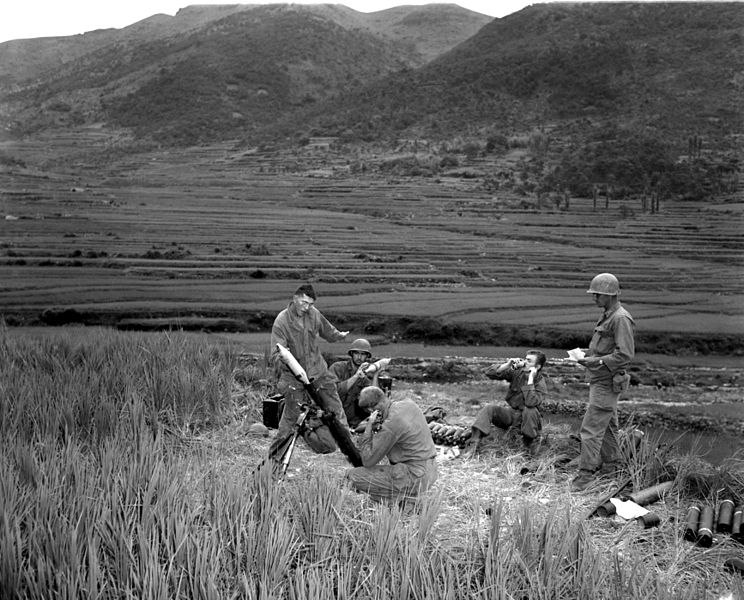The Korean War, which began in 1950, had reached a stalemate by 1952. The front lines had stabilized near the 38th parallel, and both sides sought strategic advantages through a series of battles and offensives. Battle Mountain, a prominent feature in the rugged terrain of the Korean Peninsula, became a focal point due to its strategic significance in the ongoing struggle for control.
Strategic Importance:
Battle Mountain overlooked key transportation routes and provided a vantage point for artillery observation. Its capture or defense was crucial for both the United Nations Command (UNC) and the Chinese People's Volunteer Army (CPVA) as they vied for dominance along the front lines.
The Battle Unfolds:
The Battle of Battle Mountain was characterized by a series of fierce engagements as both sides sought to gain or maintain control of the strategically vital position. The mountain changed hands multiple times as UNC forces, primarily composed of U.S. and South Korean troops, clashed with CPVA and North Korean forces.
The rugged and mountainous terrain, coupled with unpredictable weather conditions, added to the complexities of the conflict. The battles on Battle Mountain were marked by intense artillery duels, infantry clashes, and the use of trench warfare tactics reminiscent of World War I.
Protracted Struggle:
The Battle of Battle Mountain was protracted and marked by high casualties on both sides. The mountain's changing hands multiple times underscored the difficulty of maintaining a stable front line in the challenging Korean terrain. The struggle for control continued for several months, with each side launching offensives and counteroffensives to gain the upper hand.
Outcome and Legacy:
Ultimately, the UNC forces, with the support of air superiority and artillery, secured Battle Mountain. The battles on and around the mountain highlighted the tenacity and bravery of the soldiers involved. The UNC victory came at a significant human cost, with both sides suffering heavy casualties.
The Battle of Battle Mountain did not result in a major shift in the overall strategic situation on the Korean Peninsula, as the front lines remained relatively stable until the armistice agreement in 1953. However, it stands as a testament to the challenges and sacrifices faced by soldiers on both sides during the Korean War.


